Understanding How to Use a Pulse Oximeter | CMI Health

When it comes to tracking your health at home, it sometimes takes a few specialized tools to obtain accurate readings—especially if you live with a chronic respiratory condition. Pulse oximeters are used by doctors every day to collect information pertaining to a patient’s oxygen levels and overall heart rate. Professionals know how to use this equipment very well. However, for those purchasing their first pulse oximeter model to use at home, the process can be confusing and overwhelming to learn. For the most precise readings possible, it’s important that you gain an understanding of how to use a pulse oximeter.
The Pulse Oximeter Toolkit
The first step to using a home pulse oximeter correctly is to familiarize yourself with the equipment in this device’s toolkit. This will give you an idea of what each item’s purpose is and how they function together with the reader. Fortunately, since portable pulse oximeters have fewer, more compact parts than hospital models, there aren’t too many features to research. A standard Bluetooth fingertip pulse oximeter kit comes equipped with an adult-size fingertip clip sensor and cable, rechargeable batteries, a charging cable, and the pulse oximeter unit. You’ll also typically receive a carrying case to transport everything in, a user manual to answer any questions you may have, and a metal stand for hands-off use.
Positioning and Connecting the Device
When hooking up your pulse oximeter for the first time, make sure you securely connect the finger probe and cable directly to the device. This is how the device retrieves signals from the probe and records your readings. The rechargeable batteries go as directed inside the device, then are charged with the charging cable before the first use. Reference the manual to determine how long the batteries should be left to charge. If you have some extra time between now and when you need to take your oxygen readings, take this opportunity to remove any nail polish on your fingertips. Sometimes the pigment from these materials can block the sensor’s penetrating light and prevent it from gathering information properly.
Taking Oximeter Readings
Once the device is sufficiently charged, it’s time to officially learn how to use a pulse oximeter. Grabbing the clip sensor, carefully open it and clamp it down over your fingertip. It should fit snugly, yet not so tightly that it’s uncomfortable. If you experience any discomfort when doing this, simply switch which finger you place it on. Next, press and hold down the power button over the device. After a few seconds, the pulse oximeter will turn on and begin receiving a signal from the sensor. Allow the numbers to fluctuate until they stabilize and give you your reading.
Cleaning and Maintaining Your Oximeter
After using your pulse oximeter, remove the sensor, shut off the device, and disconnect the cords. To keep it in working order, gently wipe the oils from the sensor and organize the equipment in the carrying case. These steps reduce the risk of something getting damaged and ensure that the sensor continues to transmit and receive signals.
Interested in purchasing your own pulse oximeter device? View our collection of easy to use, clinical grade monitoring devices here.




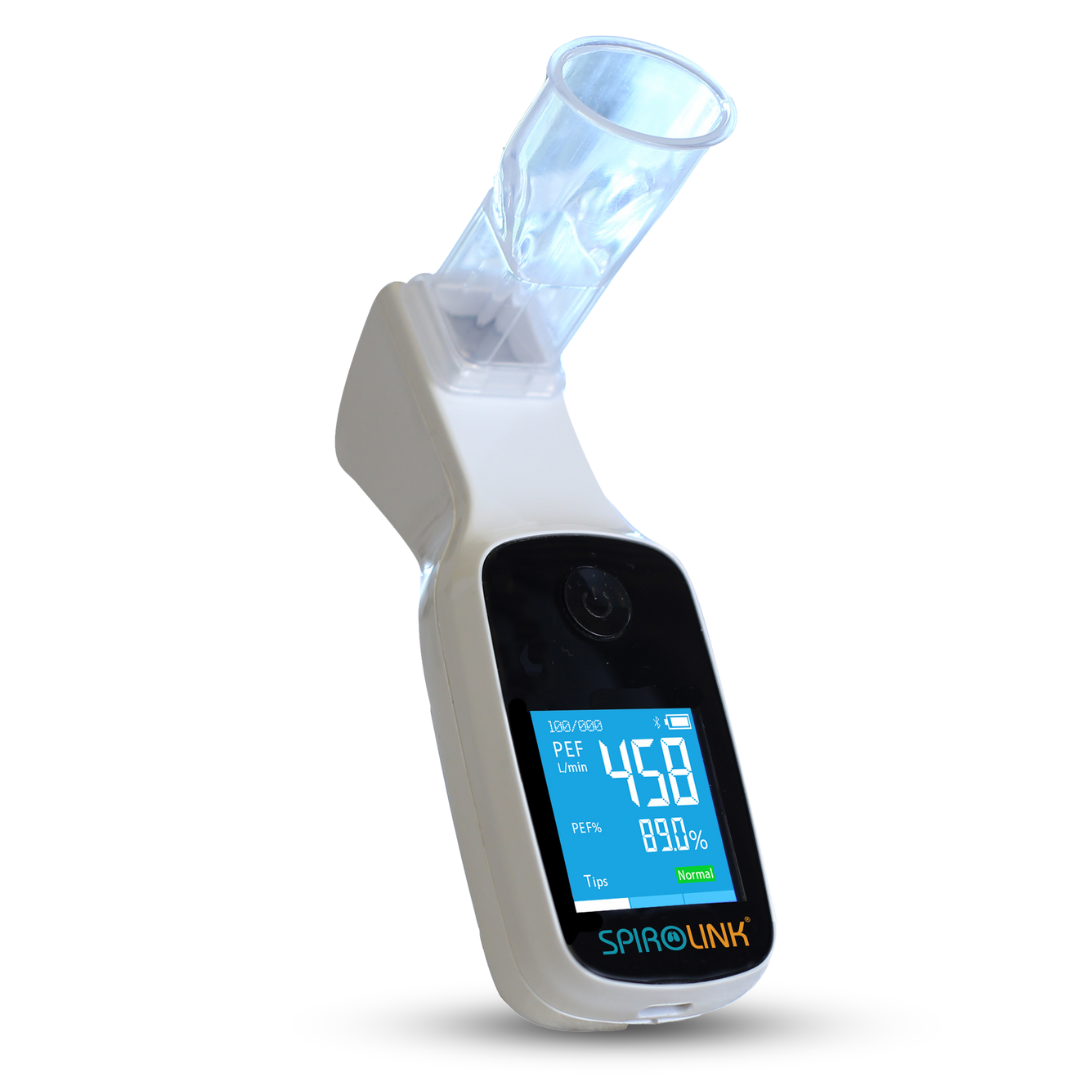
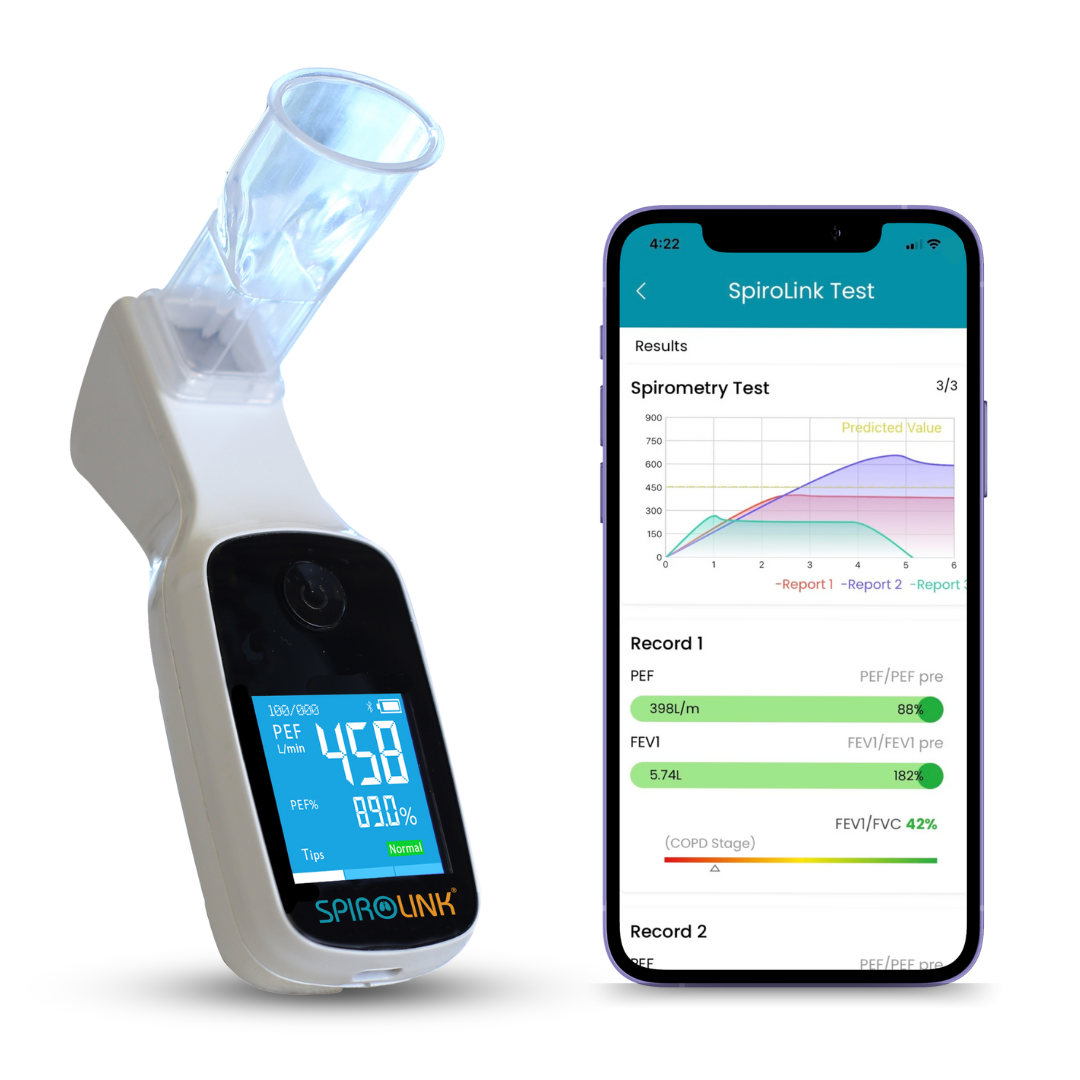
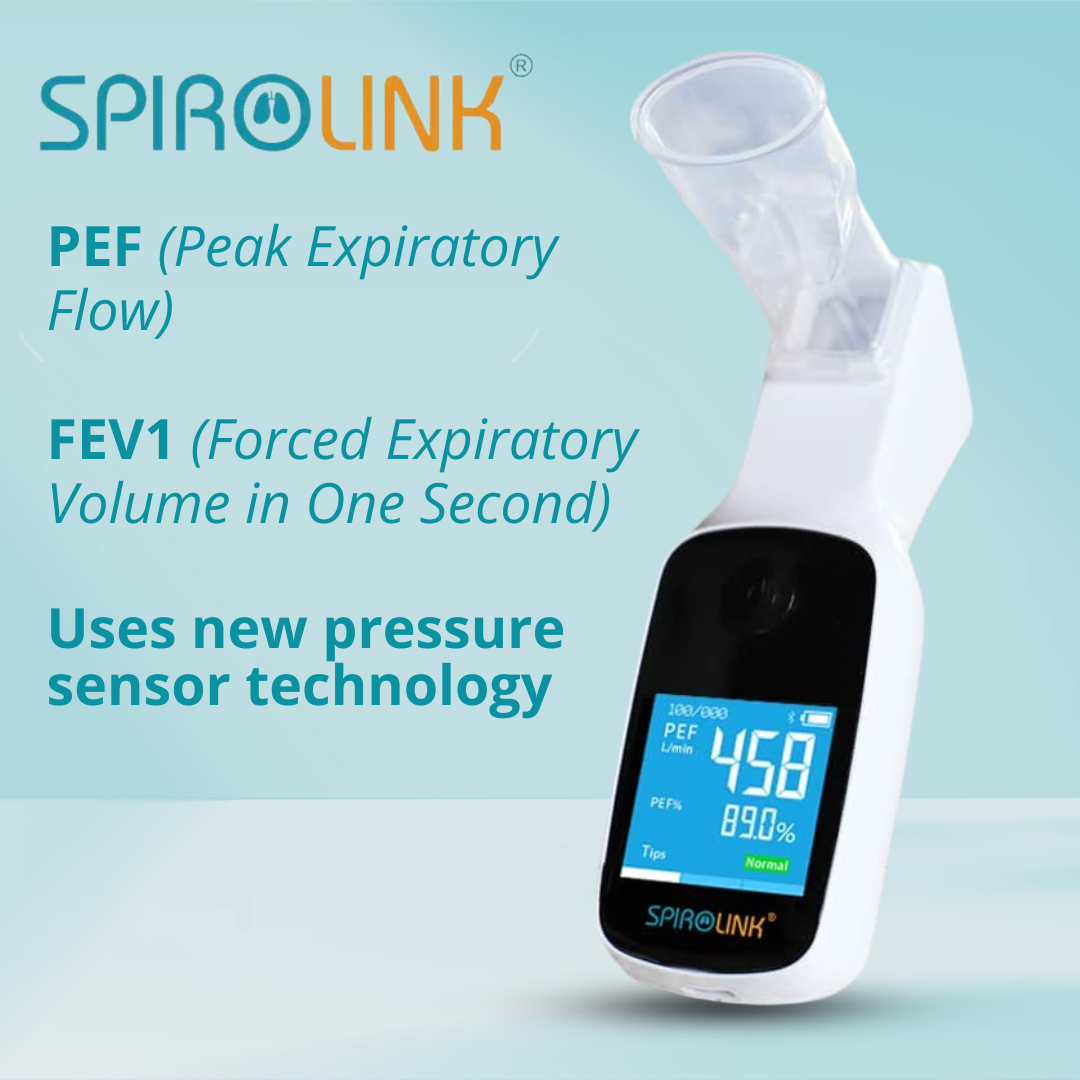
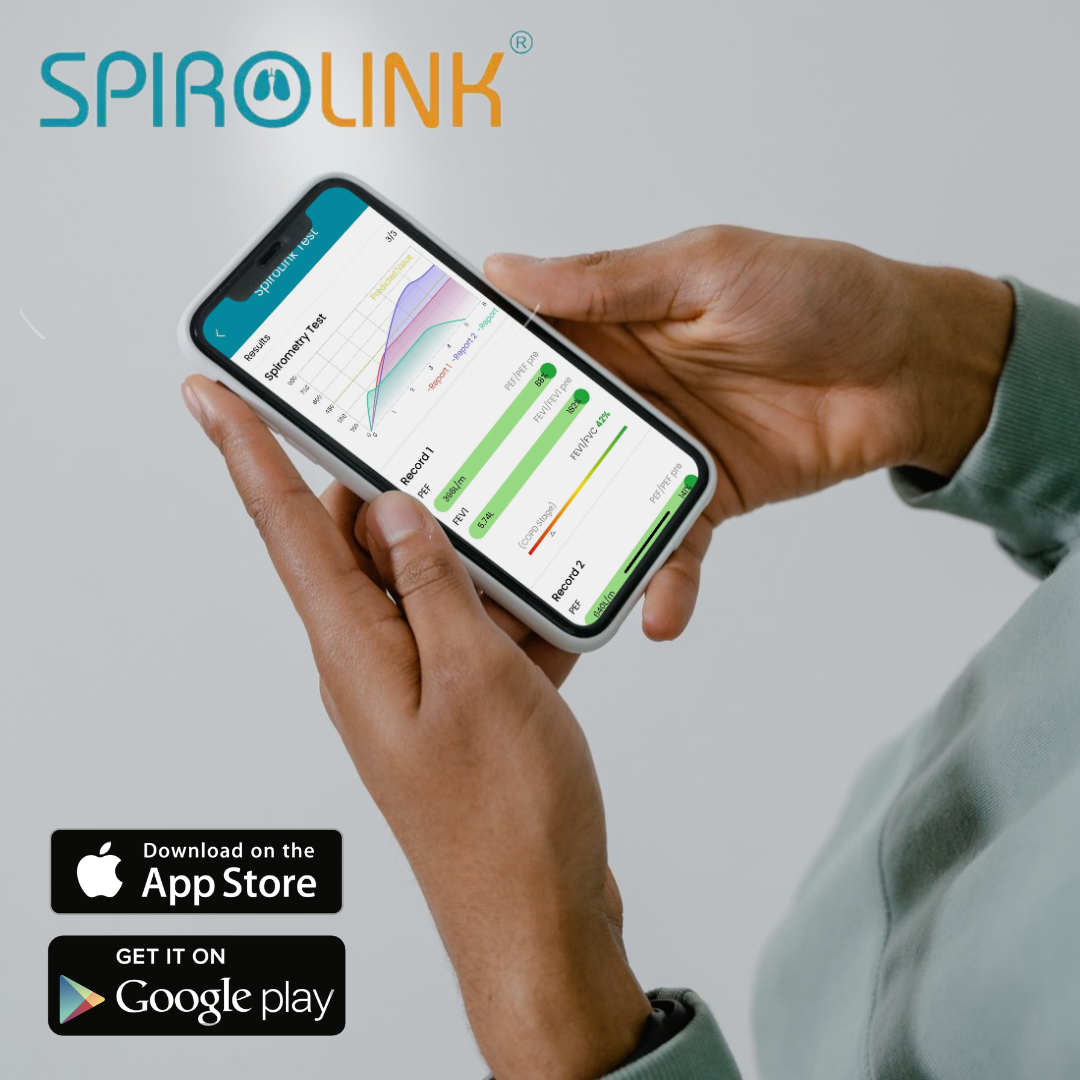
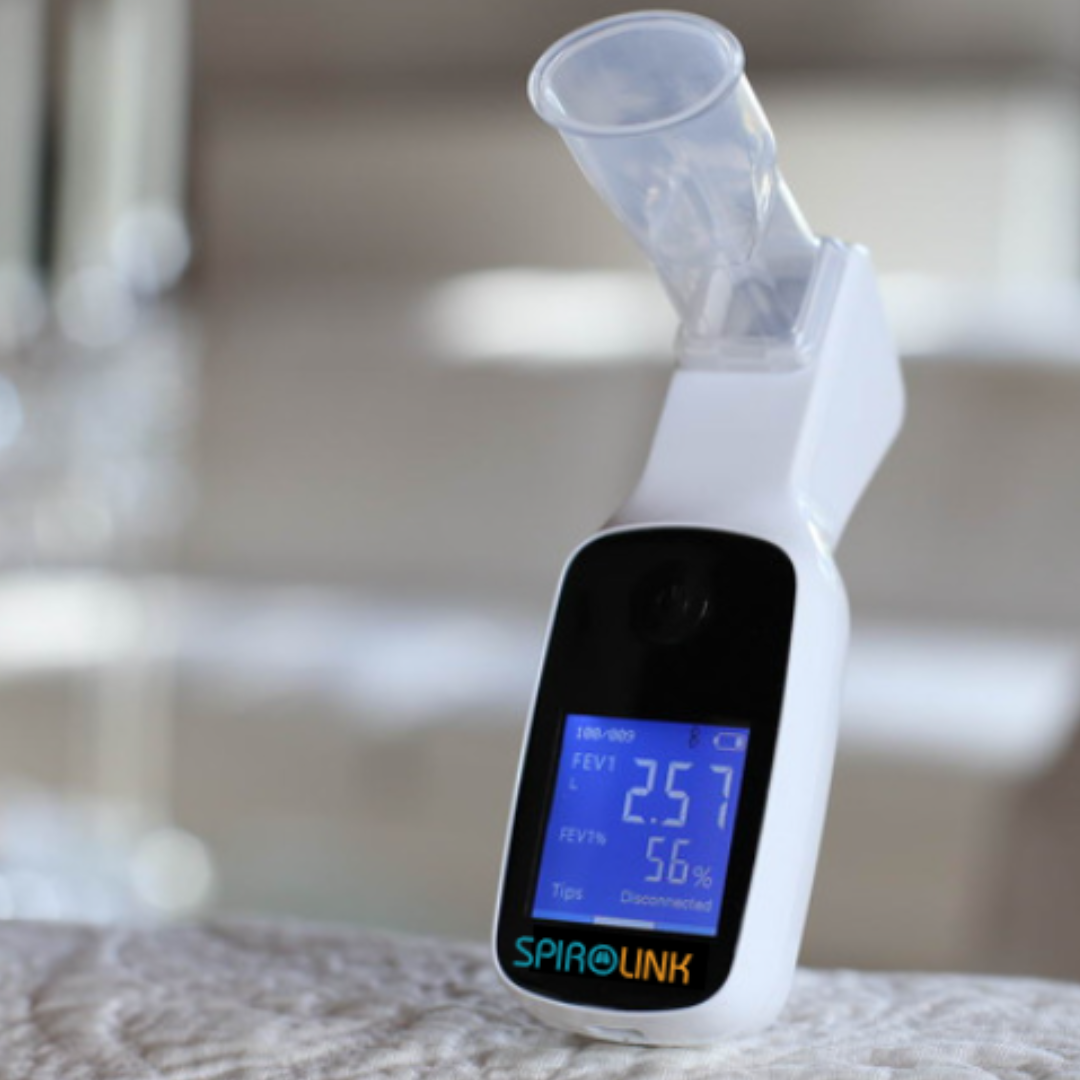
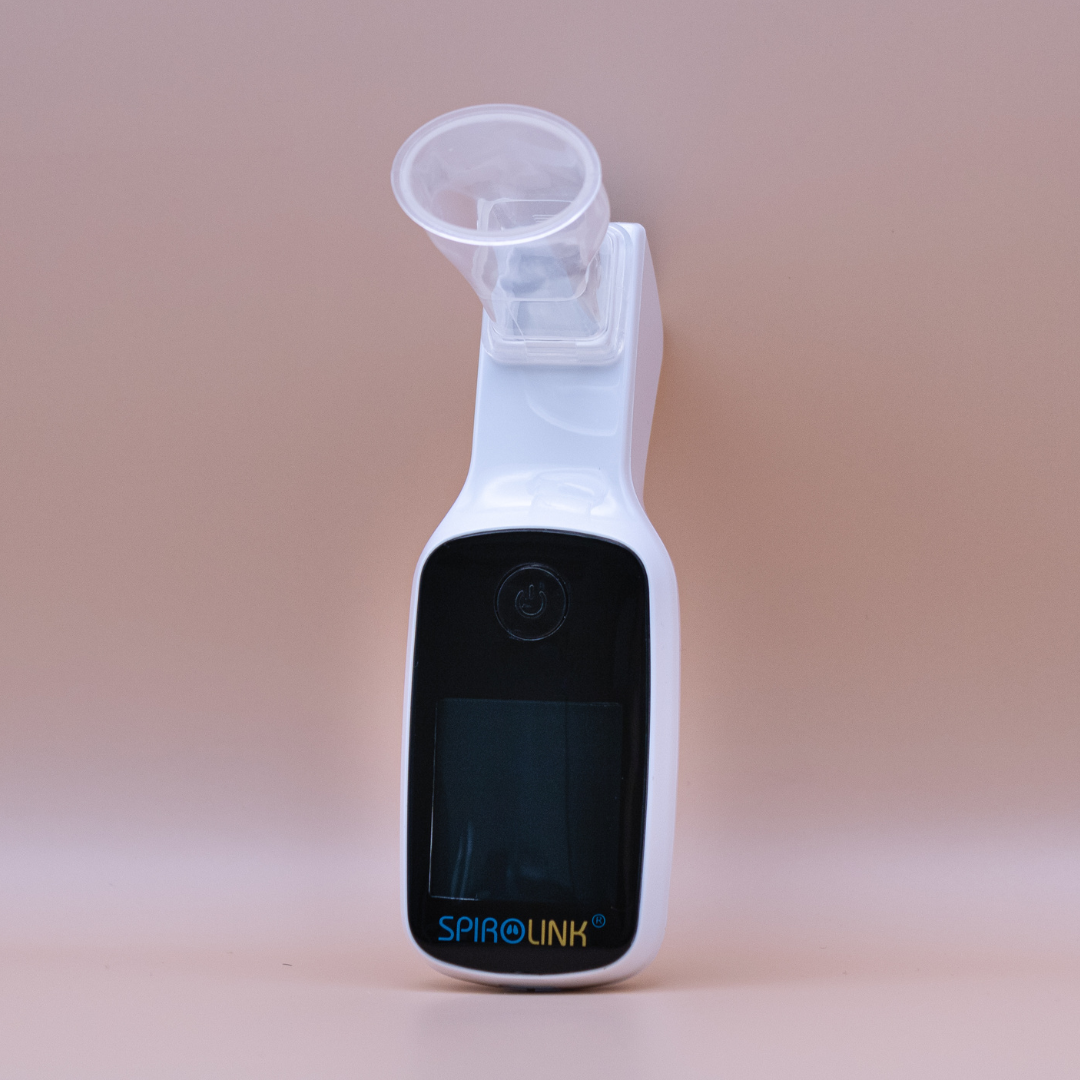

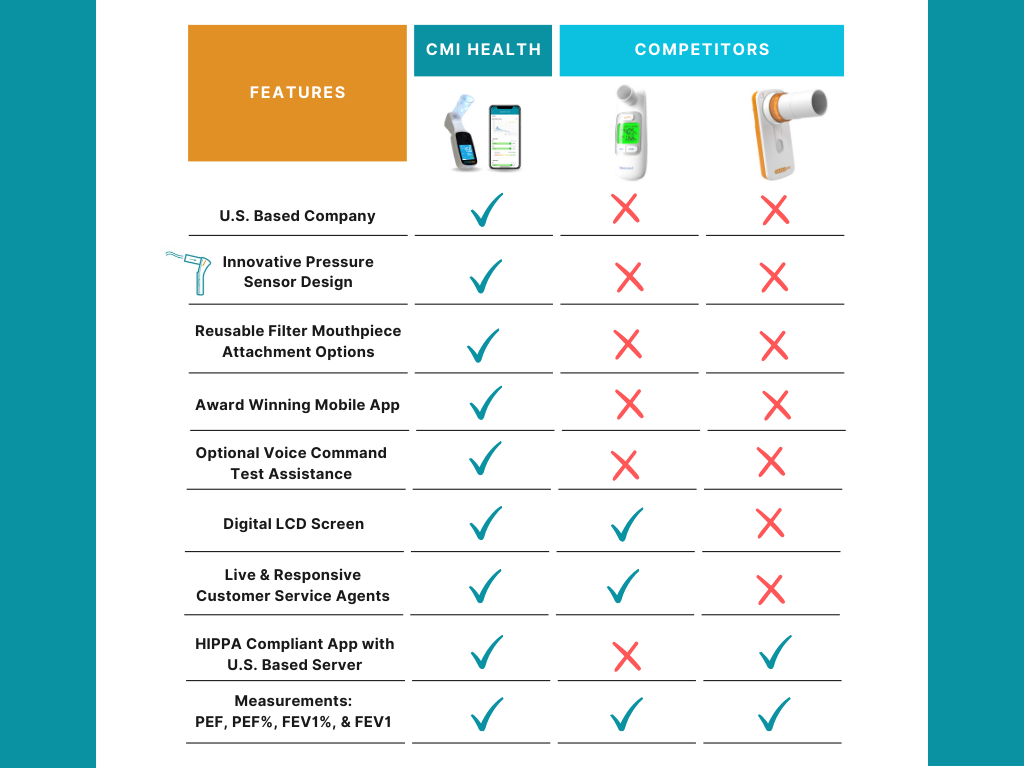
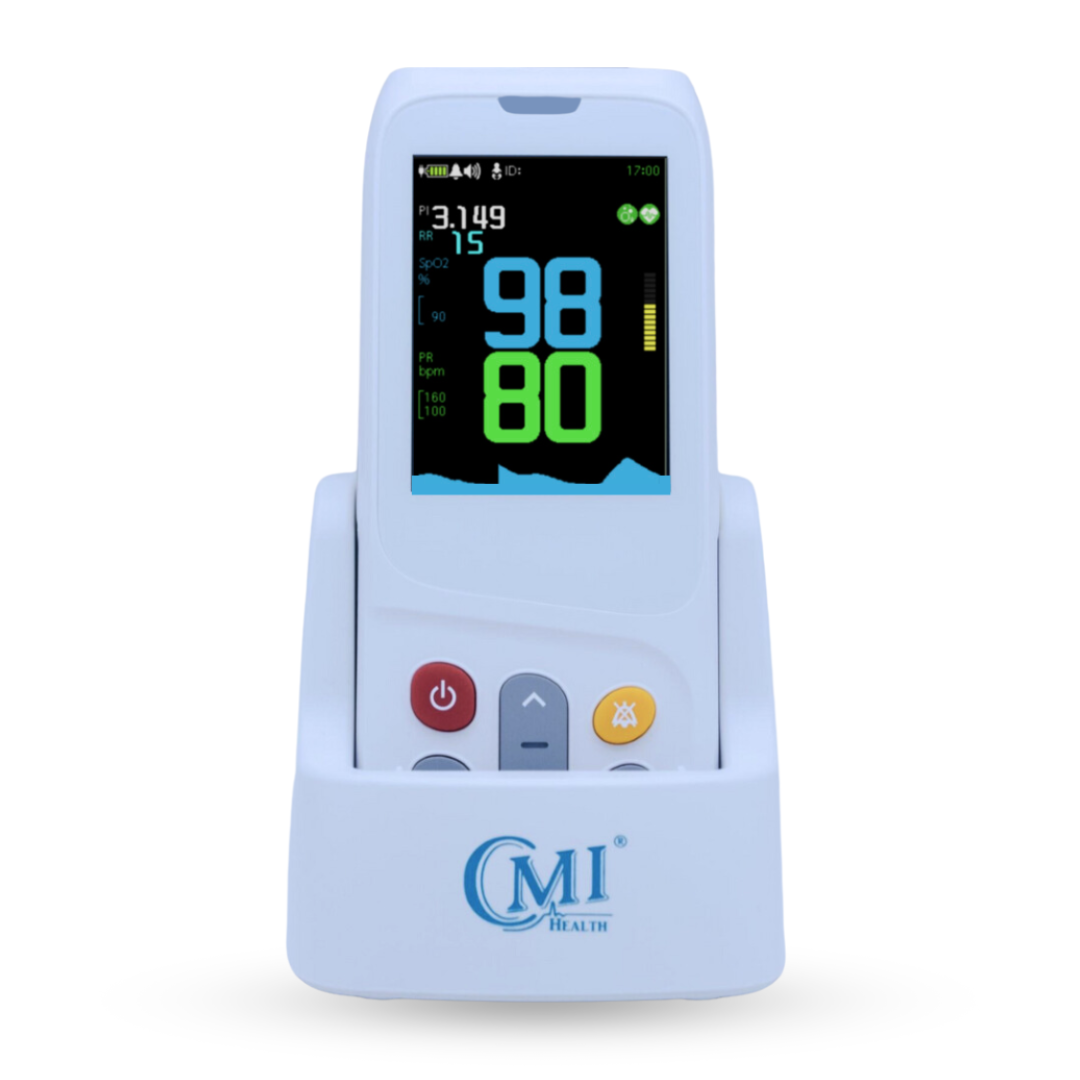
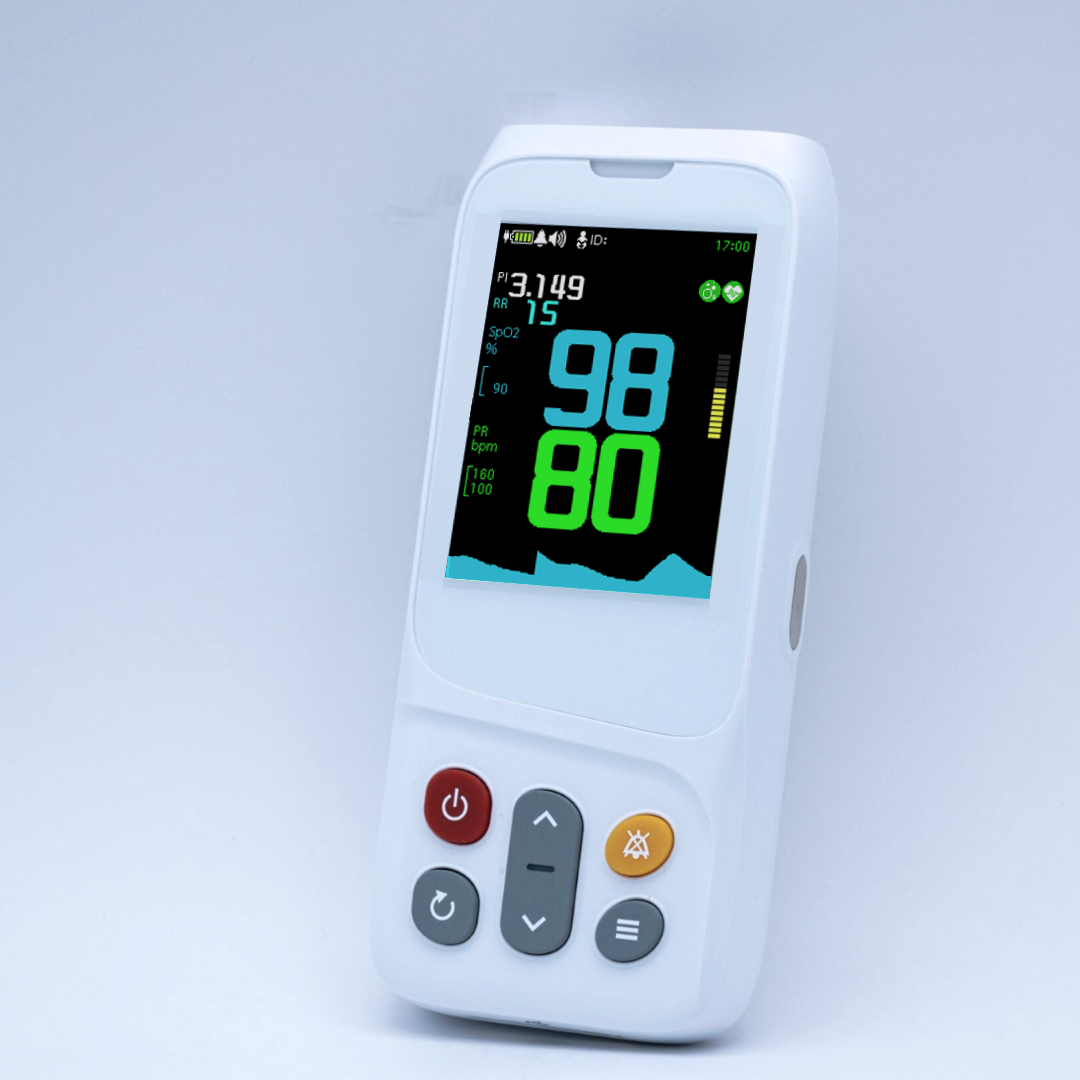
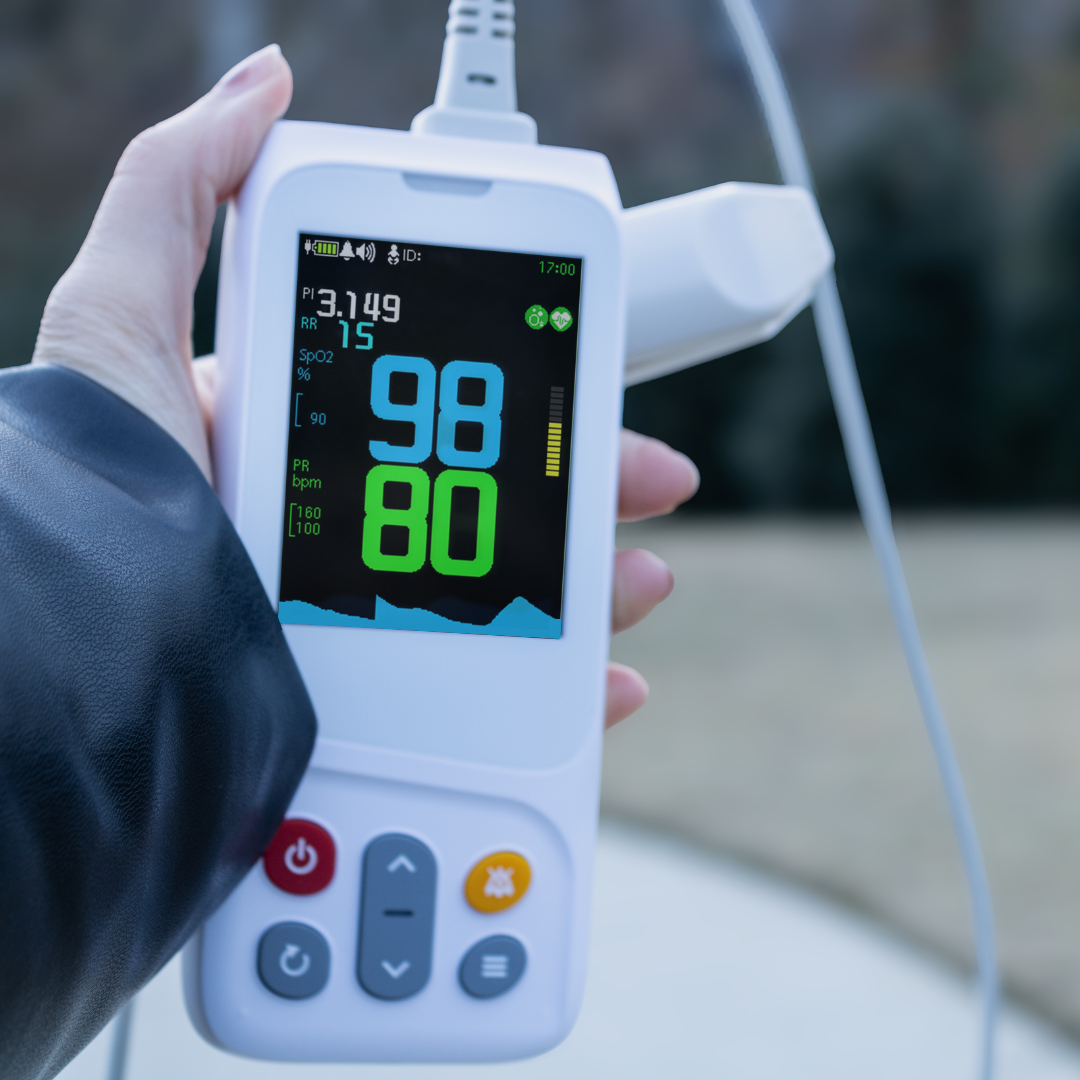
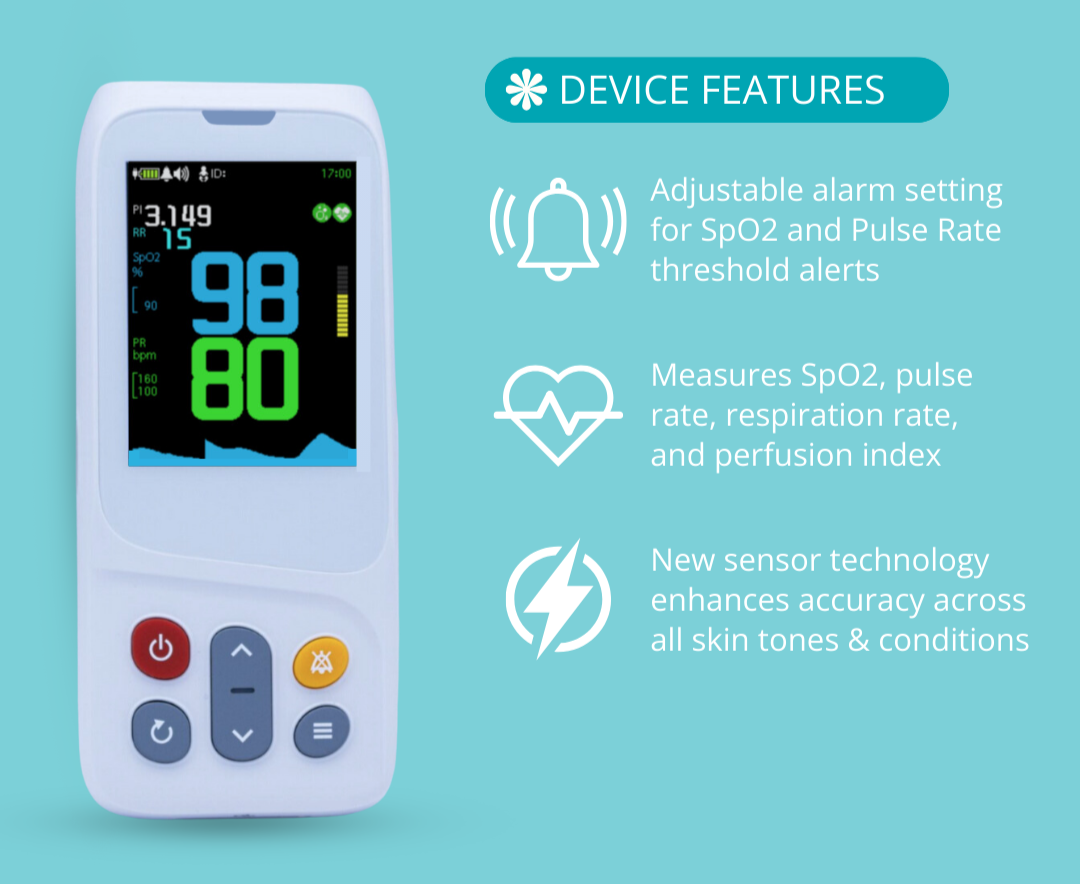
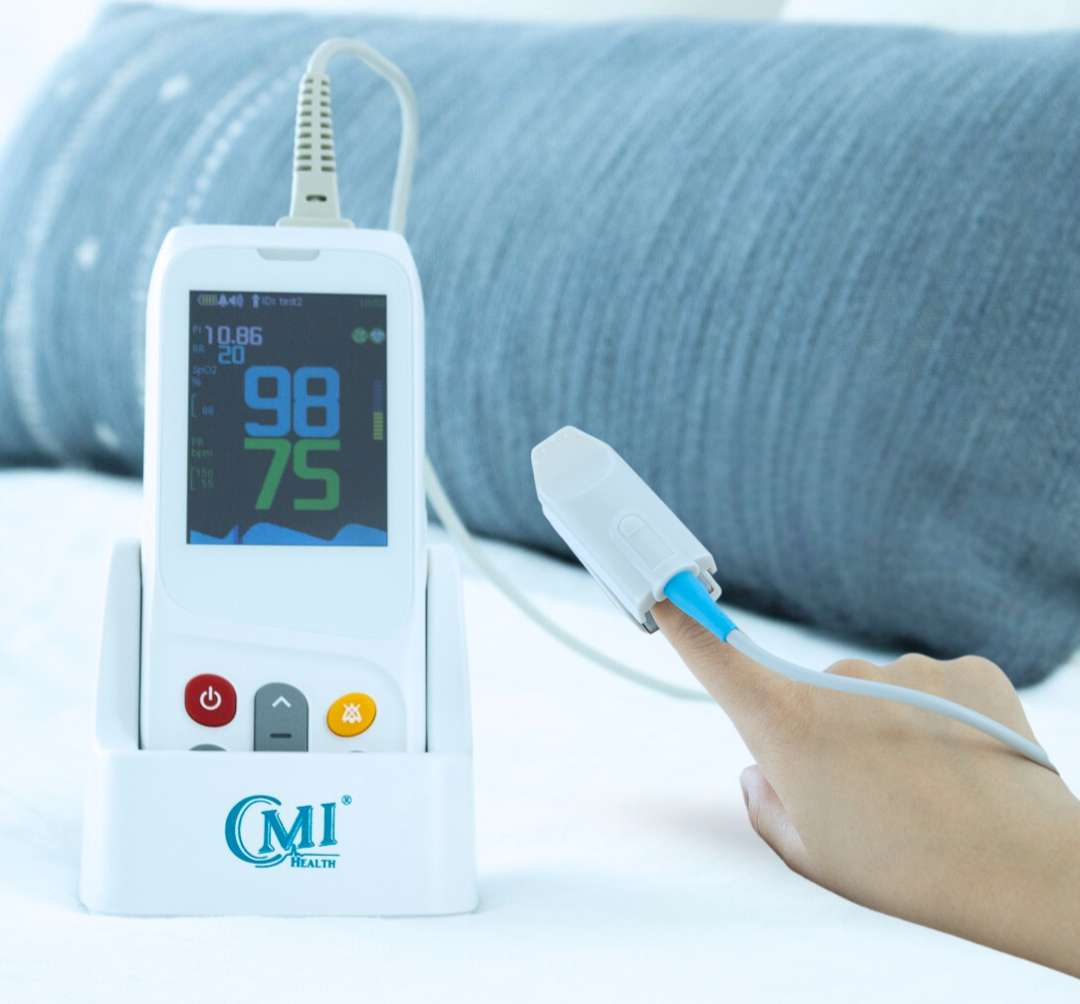
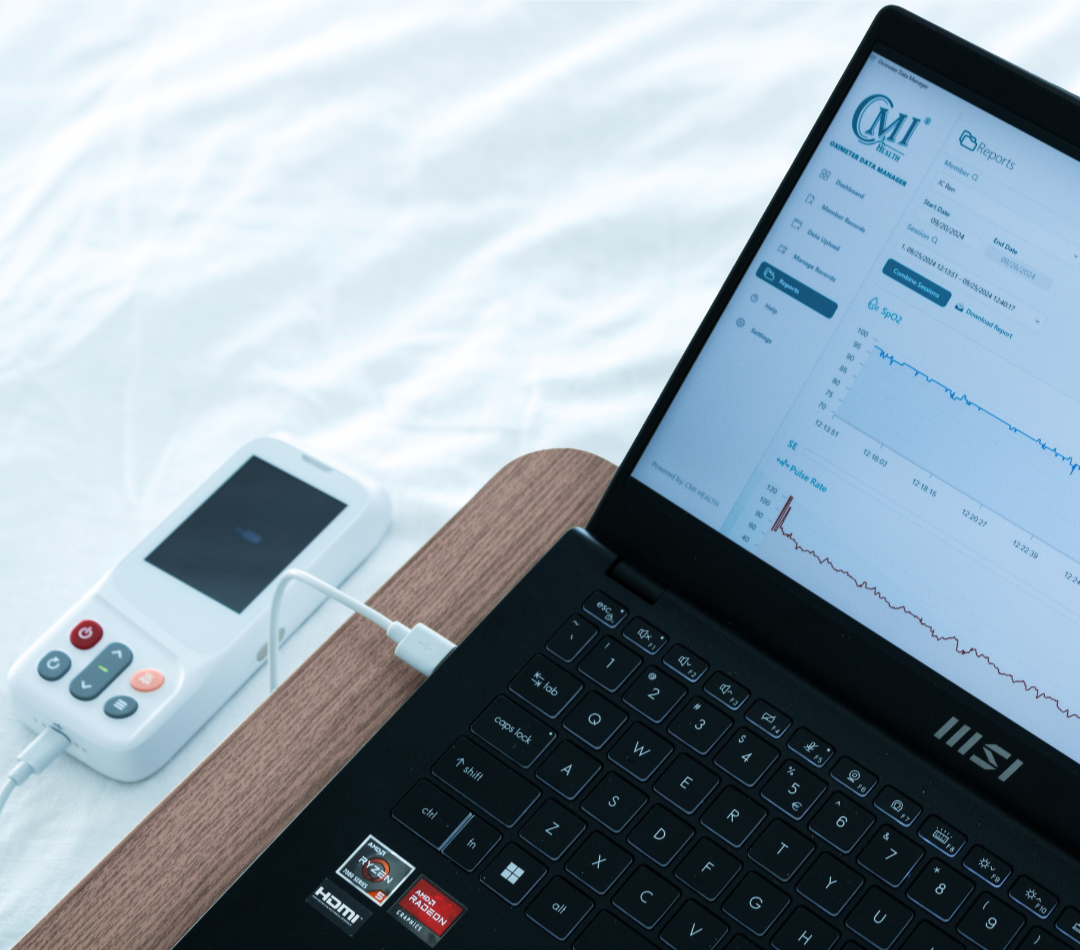
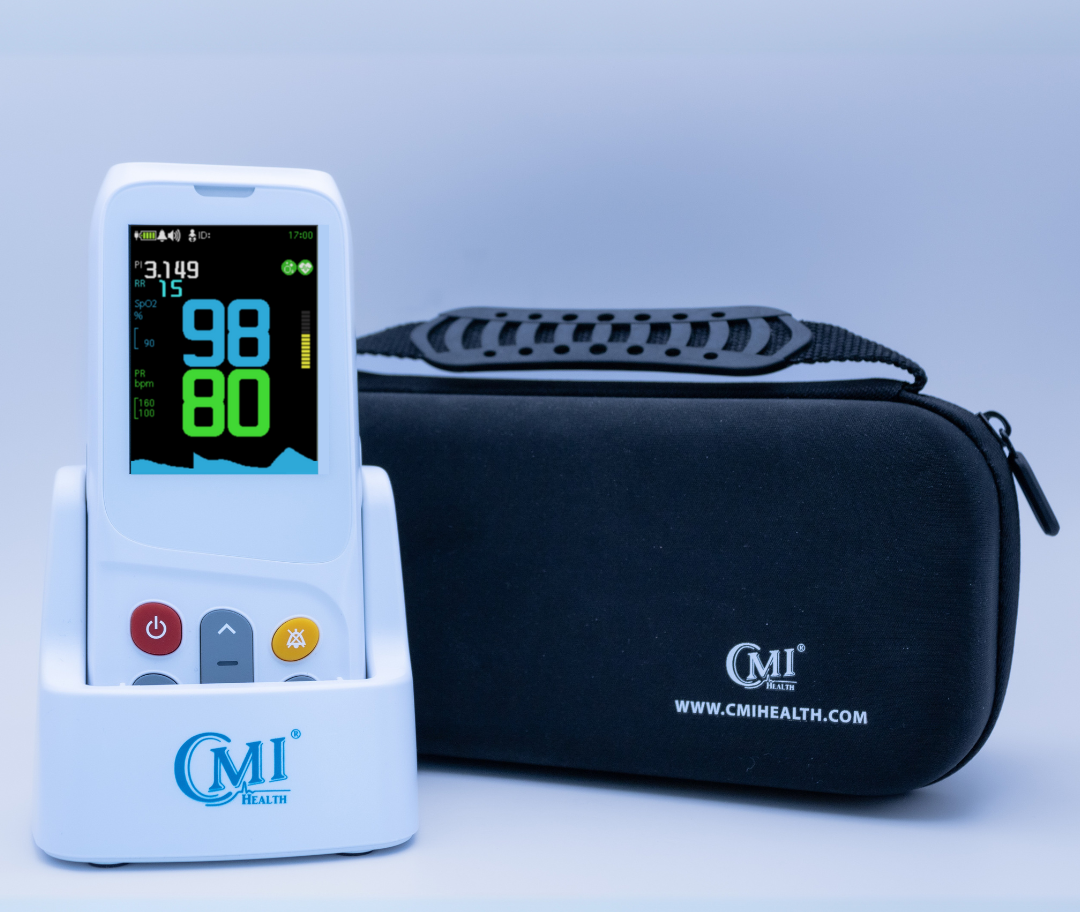
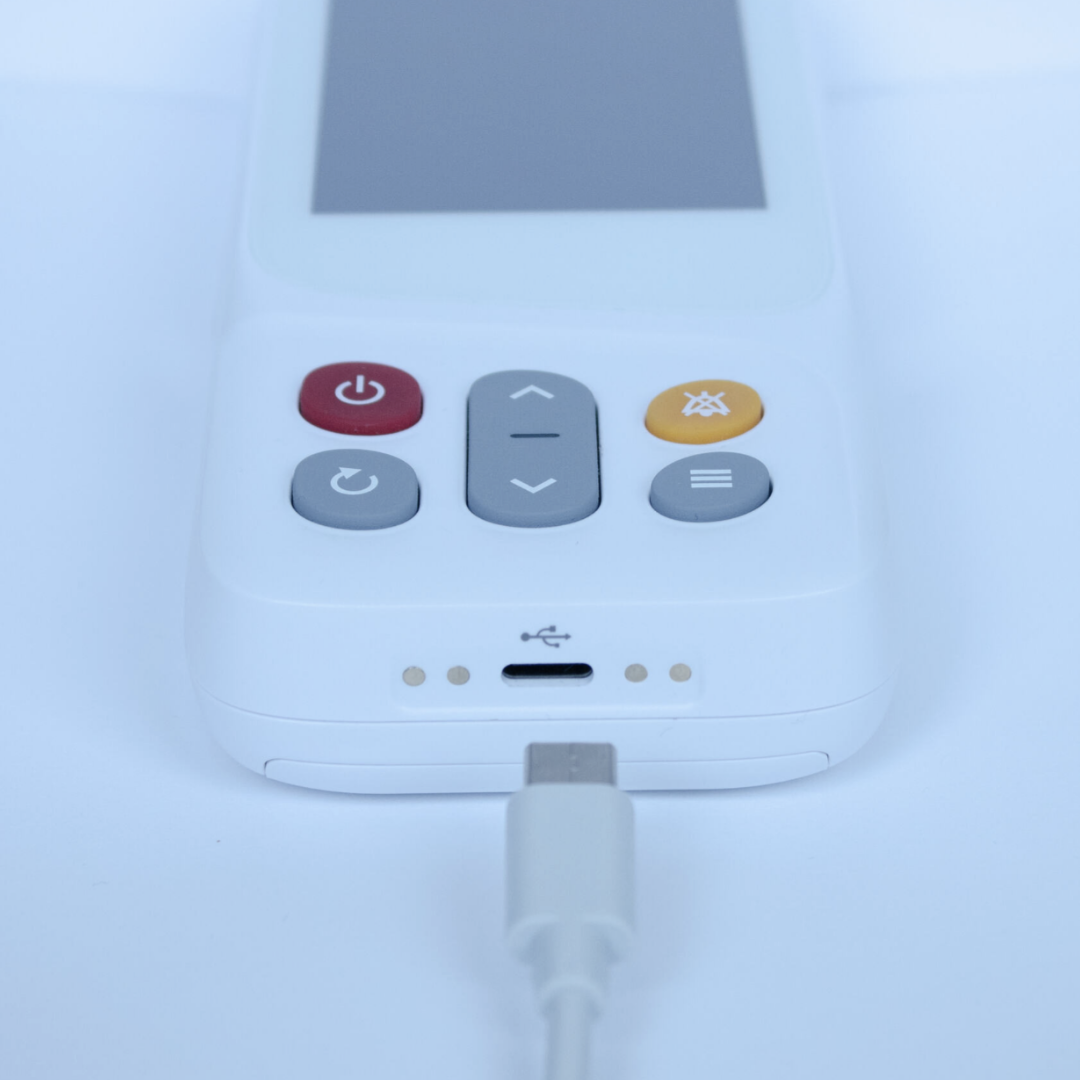
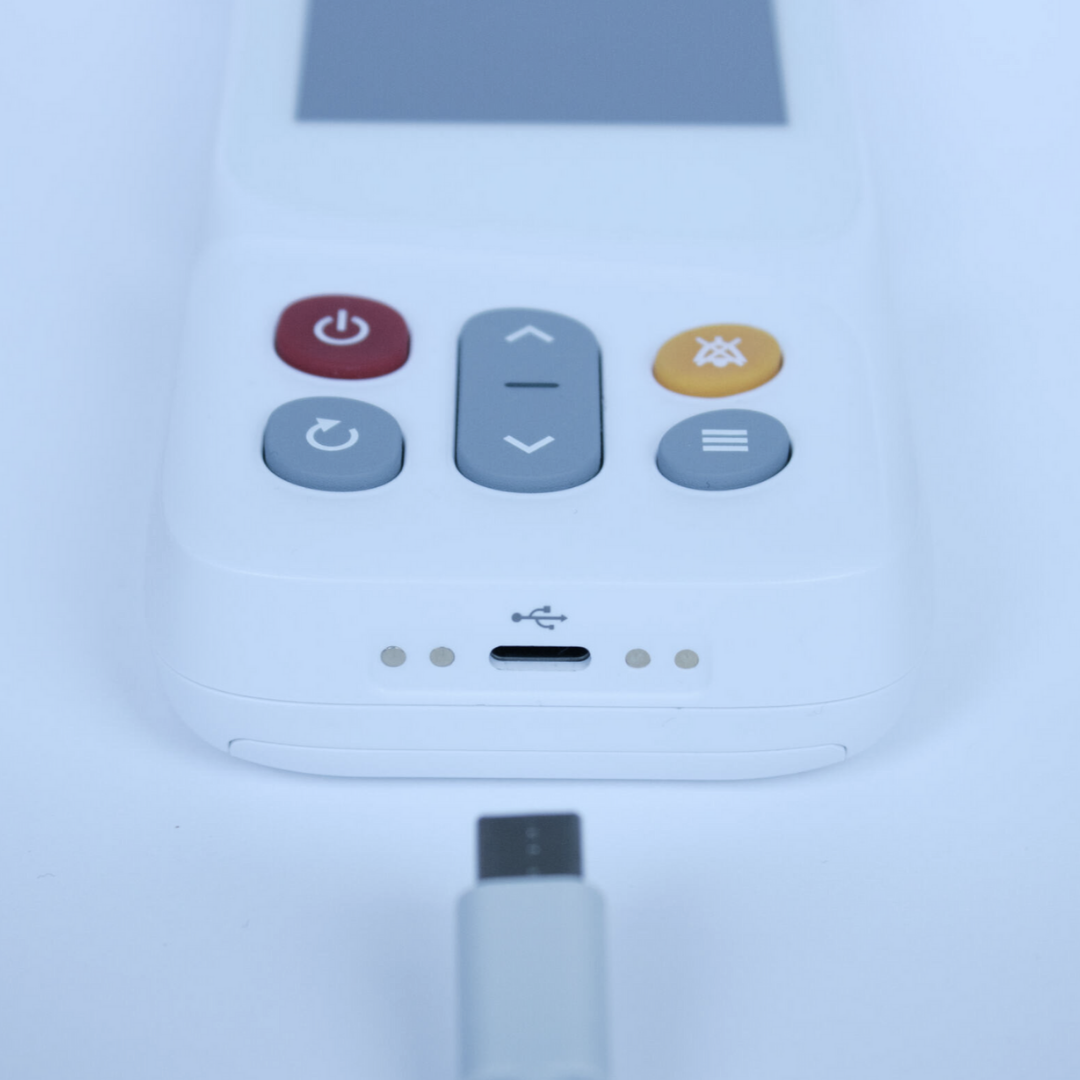
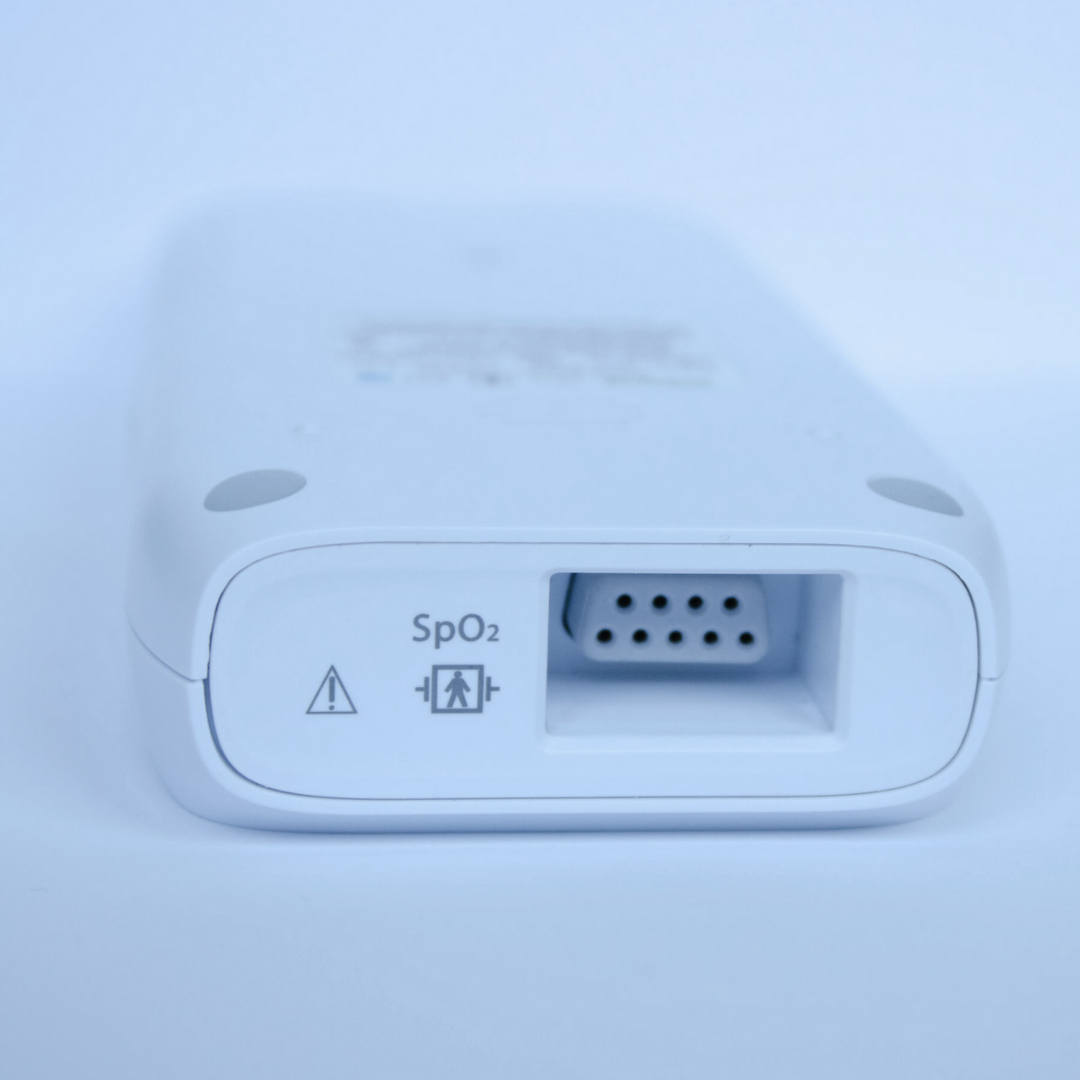
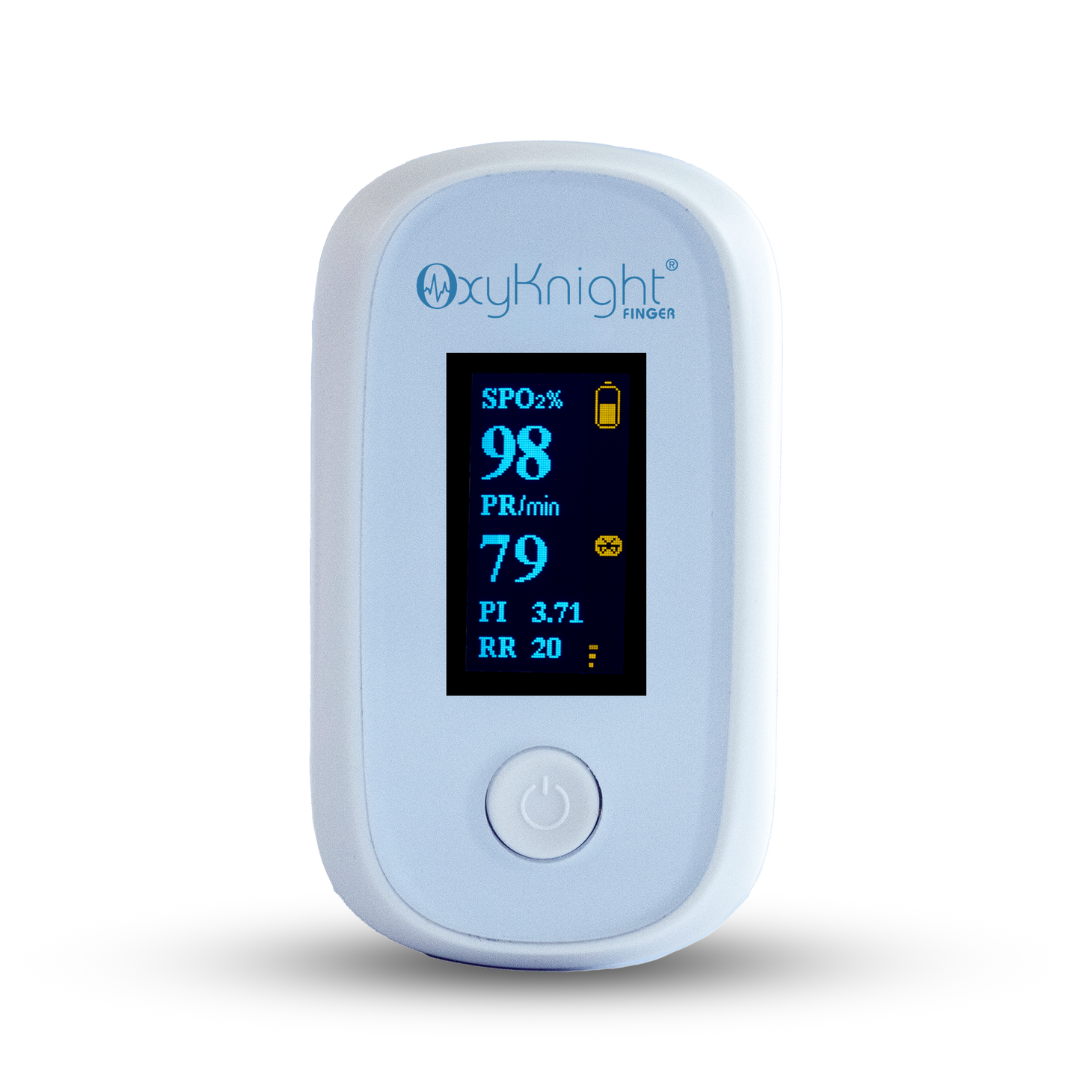












Leave a comment